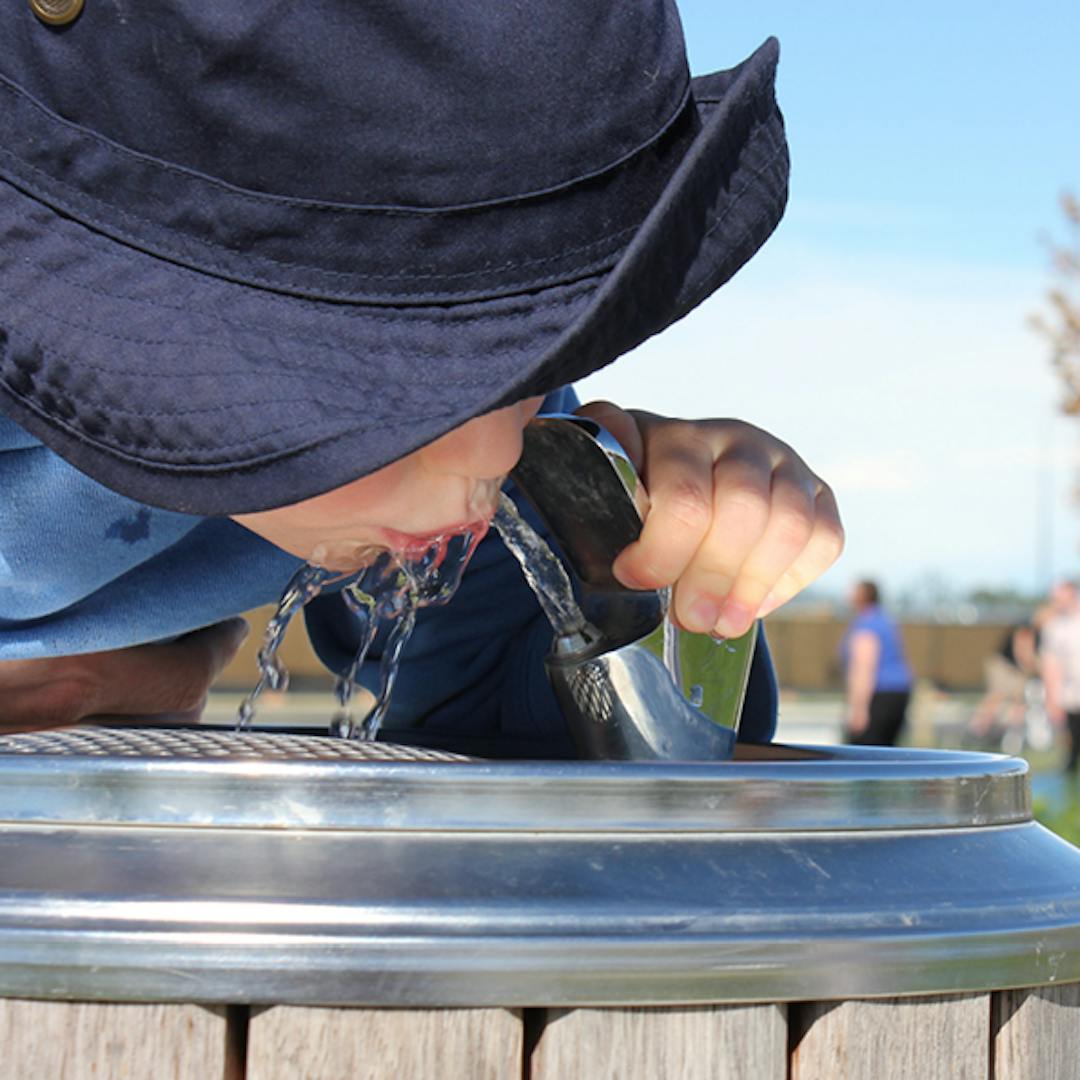Share Continue our current approach to maintaining safe drinking water supplies, to meet community expectations and comply with regulations on Facebook
Share Continue our current approach to maintaining safe drinking water supplies, to meet community expectations and comply with regulations on Linkedin
Email Continue our current approach to maintaining safe drinking water supplies, to meet community expectations and comply with regulations link
Option 1 means we will only chlorinate remaining non-chlorinated water supplies if our risk assessment or regulation require us to do so. We would maintain the current infrastructure to ensure that water supplies meet national water quality standards. However, as standards and requirements change, we cannot commit to increased spending to remain chlorine-free.
Cost
The cost of installing infrastructure to allow for chlorine treatment of all remaining non-chlorinated Council’s water supplies is around $1 million in 2021/22.
Impact on rates
The increase in water rates for installing the infrastructure for chlorine treatment (base rate and volumetric rate) for an average residential property will be around 1%, or about $4 a year. For a ratepayer with water units the increase will be about $2 plus $2 per water unit per year.
Impact on debt
No impact
We support Option 1 because it’s the lowest-cost approach to providing safe drinking water for residents. The Canterbury District Health Board has not yet approved any water safety plans for non-chlorinated water supplies under the new water safety plan framework. Also the new water services regulatory body, Taumata Arowai, may require us to chlorinate all water supplies to meet their regulatory requirements.
Share Upgrade some supplies so that they can avoid chlorination on Facebook
Share Upgrade some supplies so that they can avoid chlorination on Linkedin
Email Upgrade some supplies so that they can avoid chlorination link
Option 2 means we would need to improve some of our water infrastructure to ensure we can meet national water quality standards without relying on chlorine treatment. This approach is taken in countries like Holland, Switzerland, Germany, Austria and Denmark.
However, even with more investment there’s still a possibility that we would be required to chlorinate, to meet the regulatory requirements set by the Government’s new water services regulatory body Taumata Arowai.
Supplies that are already chlorinated (such as surface water sources) are likely to remain chlorinated.
We would not pursue the more expensive Option 2 unless there was strong public support for this, including willingness to pay for increased capital and operational spending.
Cost
We would need to spend at least an extra $30 million over the period 2021/22 to 2023/24 on water infrastructure to possibly avoid chlorination of some supplies. This would fund infrastructure such as inline UV treatment, new secure groundwater sources, leakage reduction in the reticulation network and upgrades of reservoirs.
There would also be additional operating costs associated with this additional infrastructure, estimated at around $200,000 per year.
Impact on rates
The increase in water rates for water infrastructure to possibly avoid chlorination (base rate and volumetric rate) for a typical residential property would be around 20%, or about $100 a year, assuming the debt is repaid over 20 years.
For a ratepayer with water units the increase would be about $56 plus $44 per water unit per year.
The increase would only be applied to properties that currently don’t have a chlorinated water supply and which remain unchlorinated.
Impact on debt
We would need to borrow an extra $30 million, which would be repaid through water rates.






